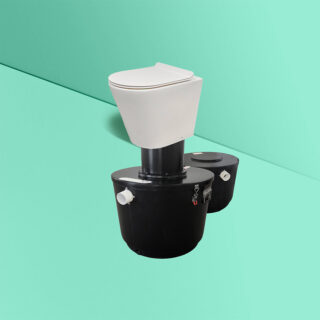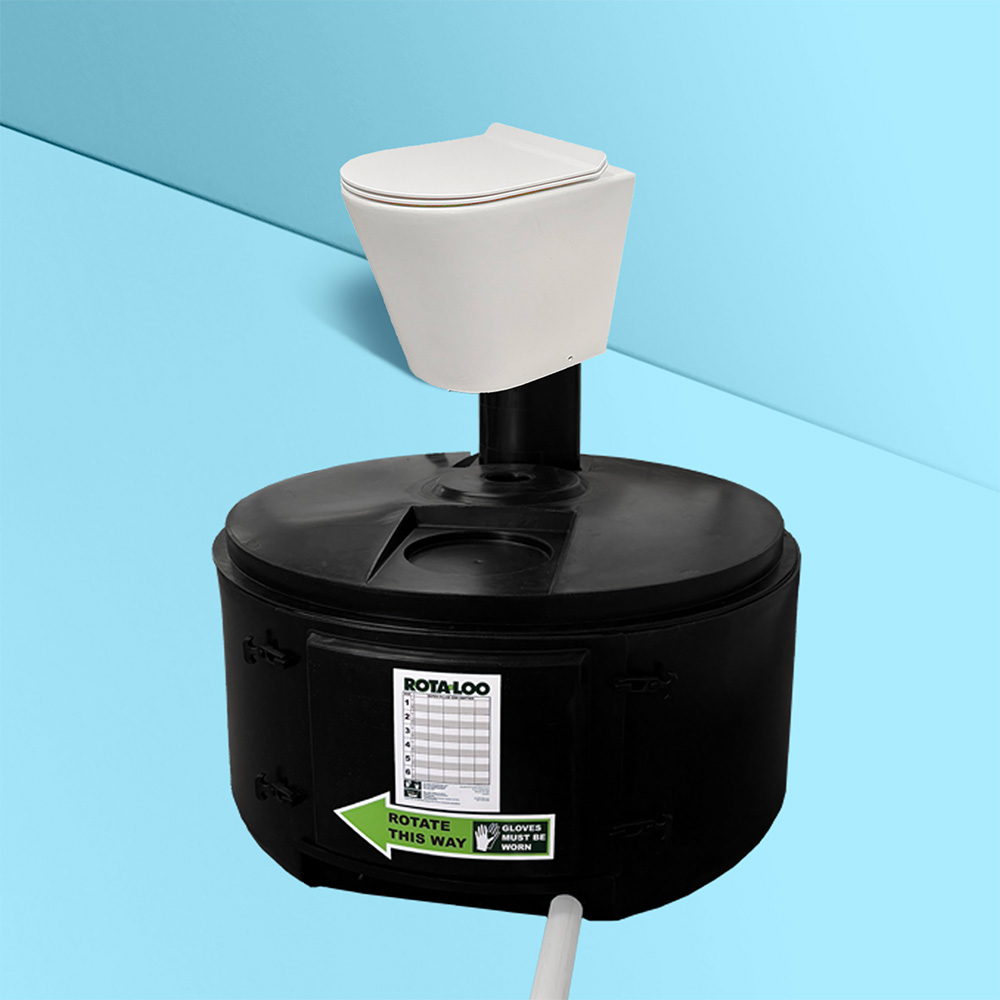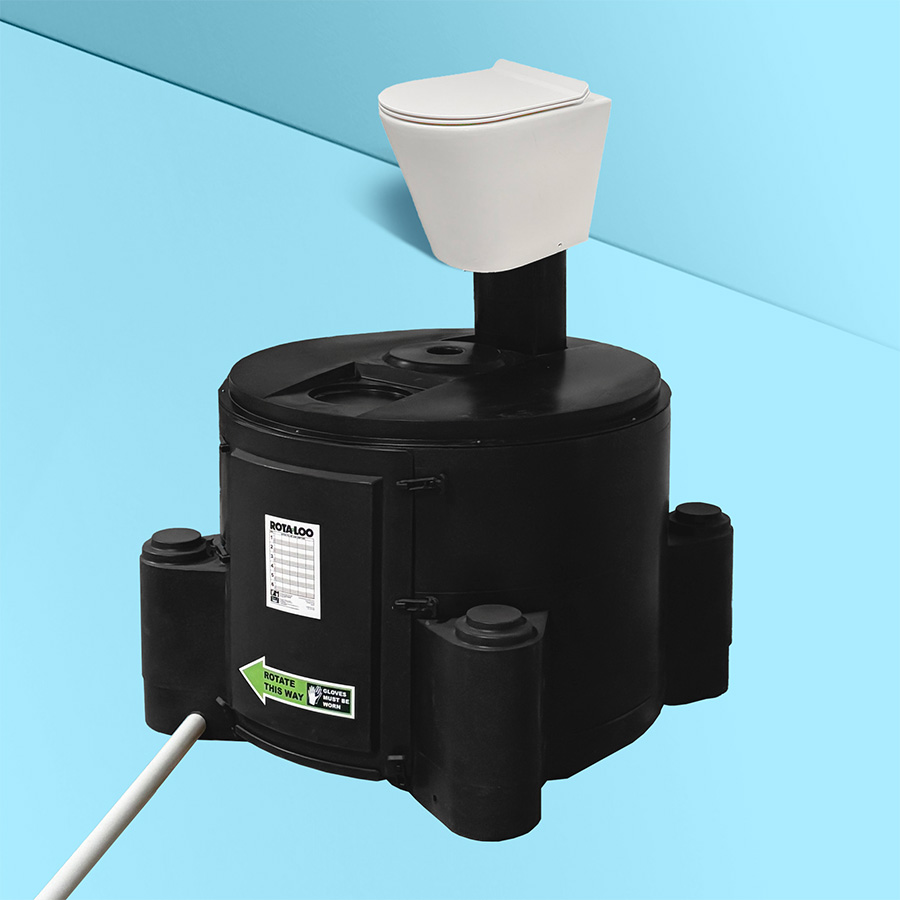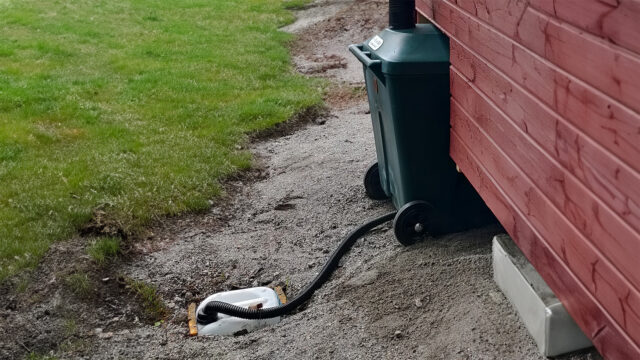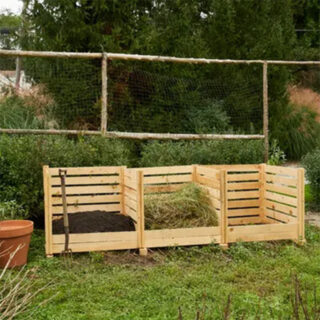How to Empty Compost Toilet
Emptying a compost toilet might initially seem like a daunting and unpleasant task, but it isn’t necessarily so. Much depends on the specific type of composting toilet you have, as there are many different models and systems available. From self-contained units to central composting systems, each has its own method for handling waste and its subsequent removal. This diversity means that the process can be much simpler and more sanitary than one might imagine, especially with modern advancements in compost toilet design.
In this article, we will explore the processes involved in maintaining and emptying different types of composting toilets, beginning with those of smaller capacity. These compact units are common in personal or low-use settings, and their maintenance routines are straightforward yet crucial for optimal operation. Next, we’ll delve into batch composting toilets, which involve segregating waste into different compartments for decomposition. Finally, we’ll examine continuous composting toilets, where waste is continuously added and decomposed, requiring a unique approach to emptying and maintenance. By understanding these systems, users can manage their compost toilets efficiently and hygienically.
Please note that in this article, we may use the term “compost toilet” even though a more precise terminology might be “collection toilet” or “composting toilet”. In this article, we refer to a “compost toilet” as a toilet that is designed to collect human waste for composting, while a “composting toilet” refers to the waterless toilet designed not only to collected but also to turn the waste into ready compost.
How to Empty a Compost Toilet of Small Size
When it comes to small-sized waterless toilets, all contents are typically contained within a self-contained unit. Accessing these contents usually involves removing a lid on top of the toilet to reach the inner containers. The design of the toilet determines the number of containers inside: urine-diverting dry toilets often feature two separate containers—one for solids and another for urine—while some other compost toilets have a single bin. For urine-diverting toilets, each container is accessed and emptied separately. In the case of a single-bin system, the bin is removed from the toilet and taken to a designated emptying site, typically an outdoor compost area designed to accommodate larger volumes of compostable waste.
RV-Pod is an example of a small-size dry toilet that separates urine already in the seat into two distinct compartments. The correct term for this type of a toilet is a urine-diverting collection toilet.
How Batch Composting Toilets are emptied
Batch composting toilets utilize two or more composting containers. At any given time, one container is actively used for waste collection and composting inside the toilet, while the other(s) are left outside to undergo further composting process. When the container in use fills up, it is sealed with a closed lid and taken outdoors to continue composting. The other composting container(s), which has now matured and is ready for use, is emptied of its contents—often utilized as fertilizer e.g. in gardens —and then placed back into the toilet to replace the recently filled container. This cyclical process ensures continuous use without interruption, as there is always one container ready to switch places with the full one, maintaining an efficient and sustainable cycle of waste management.
Above on the left side you see how a self-contained batch composting toilet called the Oz-e-Pod is emptied. On the right-side, you see how a split-system batch composting toilet called the Green Toilet Lux 330 is serviced.
Example: How Green Toilet 120 composting toilet is emptied
The following short video shows how a Green Toilet 120 (and 330 in principle) are emptied. The Green Toilet is a batch composting toilet. This means that the package comes with a spare container that is put in use once the other container fills up. This way, there are two (or sometimes more) composting toilet containers that switch place between being in use and outside finishing up composting process. This methodology is called batch composting and the term comes from one batch on of composting coming up while the other(s) is finishing.
Emptying a Continuous Composting Toilet
Continuous composting toilets are designed with a large composting container located below floor-level, separate from the toilet seat. These toilets are emptied usually through a hatch, located at the side of the composting unit. The composting container typically contains layers of waste: fresh waste at the top, partially composted material in the middle, and fully composted, ready-to-use fertilizer at the bottom. To empty the toilet, one uses a shovel to remove the mature compost from the bottom through the hatch, while leaving the less decomposed material above to continue composting. This method allows for gradual and ongoing removal of compost, ensuring that the system is continuously operational. If the toilet has not been used for an extended period, and all the contents have fully decomposed, the entire contents can be safely emptied and used as fertilizer.
CF 4 compost toilet (seen above) is an example of a continuous composting toilet that is emptied through a hatch at the backside of the composting unit.
Summary
This article has explored the various methods for emptying different types of composting toilets, ensuring efficient and hygienic management of waste. We began by discussing the straightforward process for small-sized, self-contained compost toilets, which may have one or two containers depending on their design. Next, we examined batch composting toilets, which use a system of multiple containers to manage waste, allowing for continuous use and easy swapping of full for empty containers as they mature. Finally, we covered continuous composting toilets, which are emptied through a hatch that allows for the selective removal of fully composted material while leaving fresher waste to continue decomposing. Each system offers a sustainable approach to waste management, turning human waste into usable compost and highlighting the practical benefits of modern compost toilet systems.
If you need help planning or installing a new waterless toilet, don’t hesitate to contact us at the Waterless Toilet Shop. Our team is ready to assist you with expert advice and support to find the perfect solution for your needs.
+1 (702) 328 0689
info@waterlesstoiletshop.com
Leave a call request
Leave a contact request

Who We Are
At Waterless Toilet Shop we are a dedicated team of dry toilet experts based in Henderson, Nevada. As a family-owned company with deep roots in Scandinavia and Australia, we bring a blend of global insights and local expertise to every product we create.
At Waterless Toilet Shop, we do more than just design and manufacture innovative composting toilets; we also use them daily. This hands-on experience allows us to continuously improve our products and ensure they meet the high standards of functionality and sustainability that our customers expect.
We are committed to living the eco-friendly principles we teach, making our solutions not just part of our business, but a part of our lives. Join us in embracing a more sustainable future, one flush at a time.
Read Our Story















